Are you looking for new ways to grow a following on Facebook?
Do you want to see how your competitors are engaging with the same audience?
Marketers can use Facebook Graph Search to research engaging campaigns based on what's already being shared.
In this article you'll discover three ways to use Facebook Graph Search to improve your campaigns.
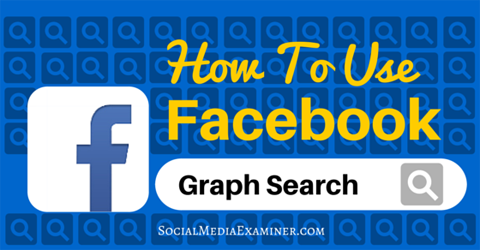
Why Facebook Graph Search?
Facebook has made a series of changes to Graph Search. Now search results are indexed by Facebook (rather than Bing) and include people, posts, hashtags and locations. They include both friends and people in your extended network (i.e., friends of friends, people with similar interests and people nearby).
The important thing about Facebook Graph Search is that it's a semantic search engine. That means it tries to give you results related to the context of your search terms.
For example, if I search for “Orange is the New Black,” I get results that show status updates primarily from my friends and the pages I've liked that have mentioned or discussed the show.
The semantic part of that search is that Facebook knew I was most likely looking for the HBO series, not a citrus fruit. Facebook was able to analyze the context of the phrase and only bring me relevant results about the book and/or show.
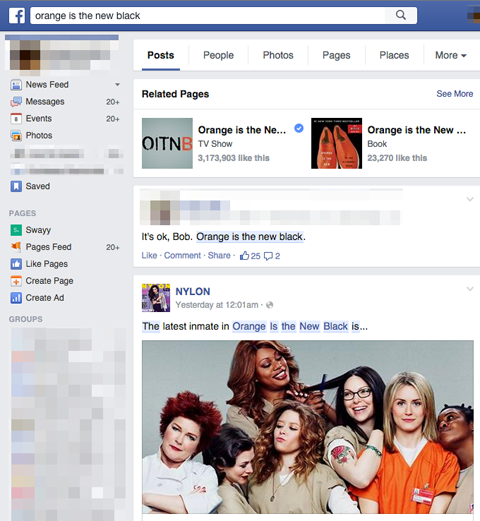
So how does this affect you as a marketer? Facebook's Graph Search opens up a new world of opportunities to target users. Insight, research and discovery are intuitive with the new setup—you can target and filter audiences and optimize your interactions with them.
#1: Check Out Competitors
Searching for your competitors—or even your own brand—in Graph Search will show you all of the talk throughout the network.
There's a wealth of information to search for like company name, products or services, hashtags, comments, users, press and reviews.
Do a search on several of those options to find out how your competitor is engaging with people. Are they commenting on or liking related posts? Is that interaction done via their page profile or by personal profiles from people within the company?
Get World-Class Marketing Training — All Year Long!
Are you facing doubt, uncertainty, or overwhelm? The Social Media Marketing Society can help.
Each month, you’ll receive training from trusted marketing experts, covering everything from AI to organic social marketing. When you join, you’ll also get immediate access to:
- A library of 100+ marketing trainings
- A community of like-minded marketers
- Monthly online community meetups
- Relevant news and trends updates
Knowing how competitors interact with people to increase their brand recognition gives you access to what's working for your competitors, and just as importantly, what isn't.
Before investing in a paid campaign, research the advertising styles of your competitors. Check out what's getting shared and commented on, and what's leading fans to create content of their own.
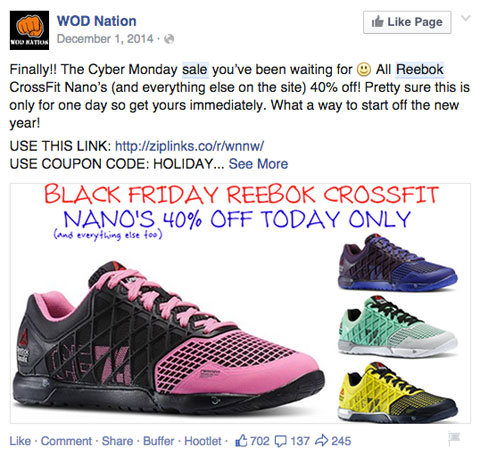
If you find that users are responding to discounts, you can begin to use that tactic yourself. But it's not enough to create discount codes. How will you get those codes in front of the right users? Look at where competitors and users are posting or sharing to figure out the right place for your message.
As you analyze your Graph Search results based on competitors, examine your data closely and look for patterns. If you see that they (and users) are engaging heavily in one area, make sure you're there too. Target your marketing and push for your brand to be where the action is.
#2: Look for Overlapping Interests
An integral part of content marketing is figuring out what your audience likes, aside from your brand. Knowing that information gives you new paths for engagement that will deeply interest them on many fronts.

Discover Proven Marketing Strategies and Tips
Want to go even deeper with your marketing? Check out the Social Media Marketing Podcast! Publishing weekly since 2012, the Social Media Marketing Podcast helps you navigate the constantly changing marketing jungle, with expert interviews from marketing pros.
But don’t let the name fool you. This show is about a lot more than just social media marketing. With over 600 episodes and millions of downloads each year, this show has been a trusted source for marketers for well over a decade.
The new Facebook Graph Search helps you find those interests. For example, do a search for “posts by people who like X” (where X is your brand name) and identify the common themes among the posts. Watch for interesting or surprising topics and look for additional keywords to search for.
For example, you may find that your audience is talking about Dancing With the Stars. You may not normally associate that popular TV show with your brand (and so you wouldn't search for it), but it's obviously important to your customers and leads.
OK, you've been surprised. What can you do with that information? Try to discern how your audience is interacting with the show (or whatever topic) within Facebook.
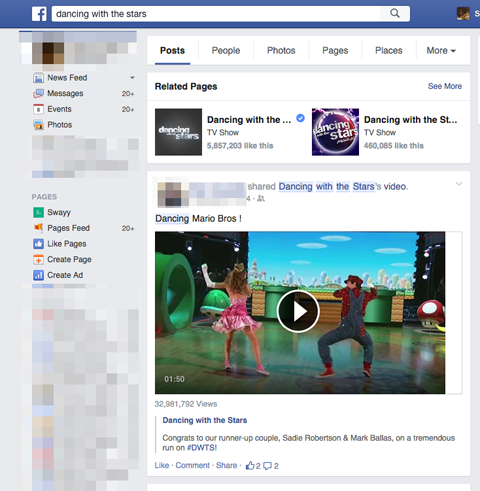
Keeping with our DWtS example, you may find that the same video of dancers dressed as the Mario Brothers keeps coming up. Now you know that your audience enjoys and shares humorous videos and updates.
Armed with that knowledge, you can think of ways to integrate that kind of content in your upcoming campaigns. The main idea here is to engage with your customers on their home turf.
Do another Graph Search for people in a certain location and find out if they have more than one interest in common, which can reveal trends in small subgroups.
Take that information and work on filling holes in the market and creating shareable, engaging content. When you can identify a complete profile of people in a subgroup it's much easier to design content suited to their needs.

By pinpointing your target audience and their interests, you'll be able to provide content with optimal relevance and engagement potential.
When your market feels like you care about and understand them, you'll be able to cultivate loyalty and encourage brand participation—and isn't that why you're here?
#3: Research Hashtags
Hashtags aren't just for Twitter and Instagram—Facebook users include them in their updates as well. If you're looking for a way to unite people around your brand and intrigue those who aren't yet a part of your community, hashtags may be the thing you're looking for.
If you're already using hashtags, do a Graph Search to see who's using them and how. If you're not using hashtags, you can still glean some good information from Graph Search.
If you're not sure which hashtags to search for, head over to Twitter and see what the trending topics are, and then come back to Facebook and plug them into Graph Search.
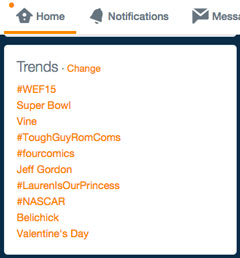
When you're analyzing your audience and their behavior, the most important thing is to look for trends. If you see posts across your network using the same hashtag, even if the tone or point of view of the posts varies, you've stumbled upon a gold mine.
If there is already discussion surrounding the hashtag, then jump in and be part of the conversation. Work the existing engagement to your advantage and tailor your interactions to match the discussion.
Over to You
Why reinvent the wheel? Use Facebook Graph Search to see what is and isn't working for your competitors and your shared audience. Use that knowledge as a jumping-off point for your next campaign.
Sometimes you can get so locked up in your product that you may forget your audience has outside interests. If you take the time to find those interests, you can use them to guide your marketing tactics.
The bottom line is that Facebook Graph Search is more than an improved feature. It gives you insight and access to what your fan base is looking for.
What do you think? Are you using Graph Search? How has it helped you reach your audience more effectively? Please leave your comments below.
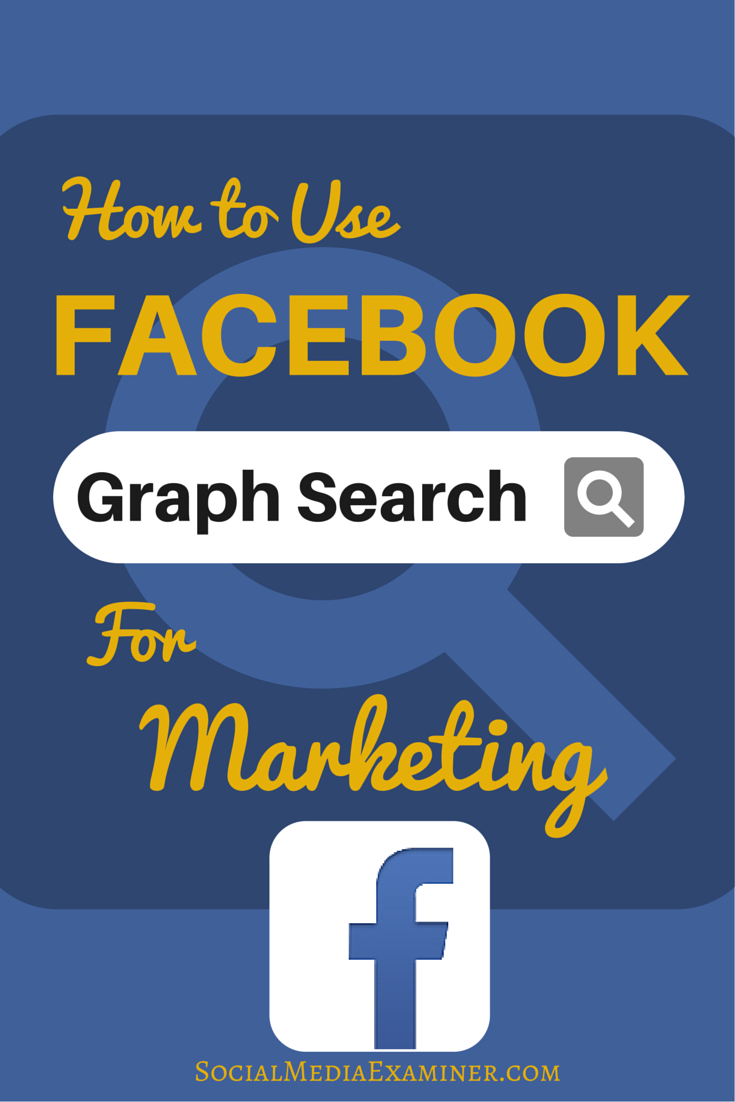
Attention Agency Owners, Brand Marketers, and Consultants

Introducing the Marketing Agency Show–our newest podcast designed to explore the struggles of agency marketers.
Join show host and agency owner, Brooke Sellas, as she interviews agency marketers and digs deep into their biggest challenges. Explore topics like navigating rough economic times, leveraging AI, service diversification, client acquisition, and much more.
Just pull up your favorite podcast app, search for Marketing Agency Show and start listening. Or click the button below for more information.


